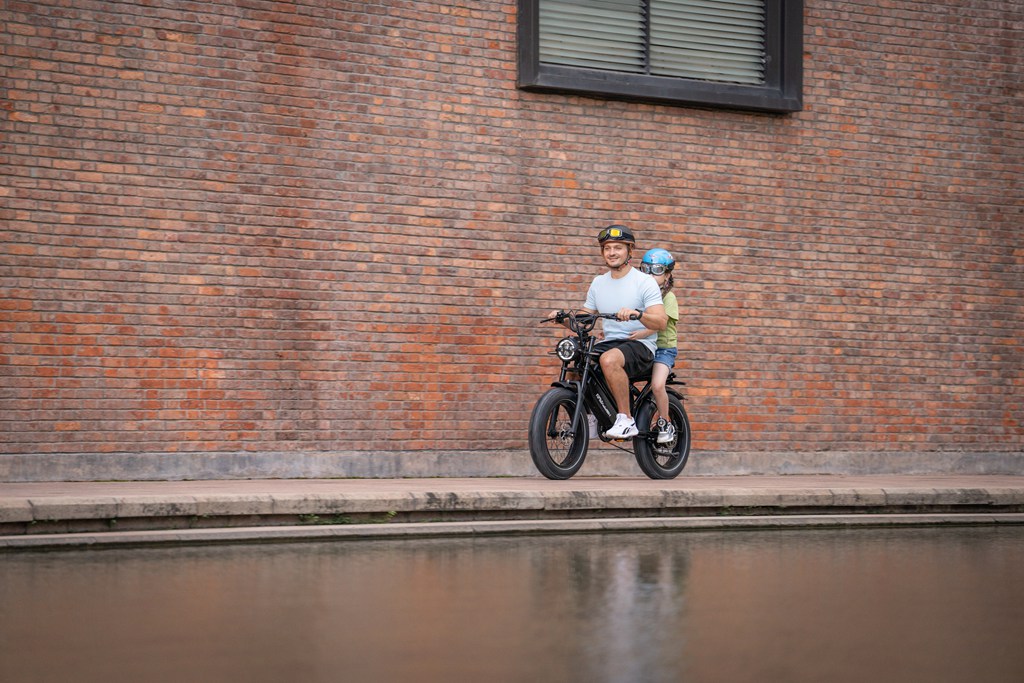
What Features Suit Long-distance Electric Motorcycles?
Long-distance electric motorcycles require high-capacity batteries (72V38Ah+), efficient motor systems (1500W-5000W), and advanced energy recovery. Models like the YaDi E80 achieve 140km range using third-gen graphene batteries, while JiHe AE8S utilizes 12.5kW mid-mounted motors for 190km endurance. Critical elements include fast-charging compatibility, adaptive suspension, and smart navigation systems with real-time energy consumption monitoring.
High speed electric motorcycle
How Do Battery Technologies Impact Long-Range Performance?
Dual lithium configurations (72V33Ah×2) in models like TaiLing Adventurer extend range to 140km+ through modular energy management. Graphite-enhanced cells demonstrate 20% higher energy density than conventional lead-acid batteries, with thermal management systems maintaining optimal 25-35°C operating temperatures during extended rides. Battery maintenance protocols recommend monthly balancing cycles and 20%-80% charge retention for longevity.
Recent advancements in solid-state battery prototypes show potential for 400Wh/kg energy density, which could double current motorcycle ranges. Manufacturers are implementing smart BMS (Battery Management Systems) that automatically adjust cell voltages during fast charging. The latest graphene-aluminum composite batteries can withstand 2,000 rapid-charge cycles with less than 10% capacity degradation, making them ideal for cross-country touring.
| Battery Type | Energy Density | Charge Cycles |
|---|---|---|
| Lead-Acid | 30-50 Wh/kg | 300-500 |
| Lithium-Ion | 150-200 Wh/kg | 1,000-1,500 |
| Graphene | 250-300 Wh/kg | 2,000+ |
What Safety Features Are Critical for Extended Journeys?
Combined Brake Systems (CBS) with 220mm dual discs reduce stopping distance by 38% at 60km/h. Advanced models integrate ESP stability control and lean-sensitive ABS, particularly crucial in wet conditions where traction control reduces slippage by 62%. Frame designs using T6 aluminum alloy pass 1M vibration cycles, while emergency SOS systems automatically alert predefined contacts during impacts.
New generation safety systems incorporate radar-based collision detection with 150-meter sensing range, providing both audio alerts and automatic emergency braking. Fatigue monitoring systems analyze riding patterns through handlebar sensors, issuing warnings when irregular movements suggest drowsiness. Some premium models now feature emergency crash cages that deploy from the frame within 0.2 seconds of impact detection.
| Safety System | Response Time | Effective Range |
|---|---|---|
| Standard ABS | 0.3-0.5s | N/A |
| Radar Collision Detection | 0.15s | 150m |
| Deployable Crash Cage | 0.2s | Frame Protection |
How Does Aerodynamics Affect Electric Motorcycle Efficiency?
Wind tunnel-developed fairings decrease drag coefficients to 0.28Cd, increasing range by 12-18% at sustained speeds. Adjustable windshield systems (like those on TaiLing CangQiong) optimize airflow based on speed, with integrated storage compartments maintaining streamlined profiles. Computational fluid dynamics modeling helps position cooling intakes without creating turbulent zones.
What Smart Connectivity Enhances Touring Capabilities?
4G-enabled dashboards provide live weather routing and charging station availability. The LuYuan S90-T's ARM Cortex-A53 processor enables OTA updates for battery management algorithms. Integrated navigation projections reduce rider distraction by 40% compared to smartphone mounts, with voice-controlled systems allowing parameter adjustments without removing gloves.
Buying Tips
Prioritize models with swappable battery systems for route flexibility. Verify IP67 waterproof certification for all electrical components. For mountainous terrain, select bikes with ≥150Nm torque outputs. Check DC fast-charging compatibility (1-2hr full charge) versus standard AC charging (6-8hr). Leading brands like TaiLing and JiHe offer 5-year battery warranties with capacity retention guarantees. Test ride models with load configurations matching your touring needs – panniers and passenger weights significantly impact range calculations.
Expert Views
"Modern electric tourers need modular energy systems," observes EV engineer Dr. Liang. "Our tests show dual 72V packs with hot-swap capability reduce downtime by 70% versus single-battery designs. The real breakthrough is in thermal management – liquid-cooled battery trays maintain optimal temps even during 8-hour continuous operation."
Motor specialist Wang notes: "Axial flux designs revolutionize highway performance. Unlike traditional radial motors, they deliver 95% efficiency across 2000-6000 RPM ranges, crucial for maintaining speed in elevation changes."
FAQ
- Q: How often should touring bike batteries be replaced?
- A: Quality lithium packs retain 80% capacity after 1500 cycles (≈5 years regular use).
- Q: Can electric motorcycles handle mountain roads?
- A: Models with ≥150Nm torque and hill-hold assist conquer 20% grades comfortably.
- Q: What's the charging cost for 200km range?
- A: Approximately $0.80-$1.50 depending on local electricity rates and charging efficiency.














